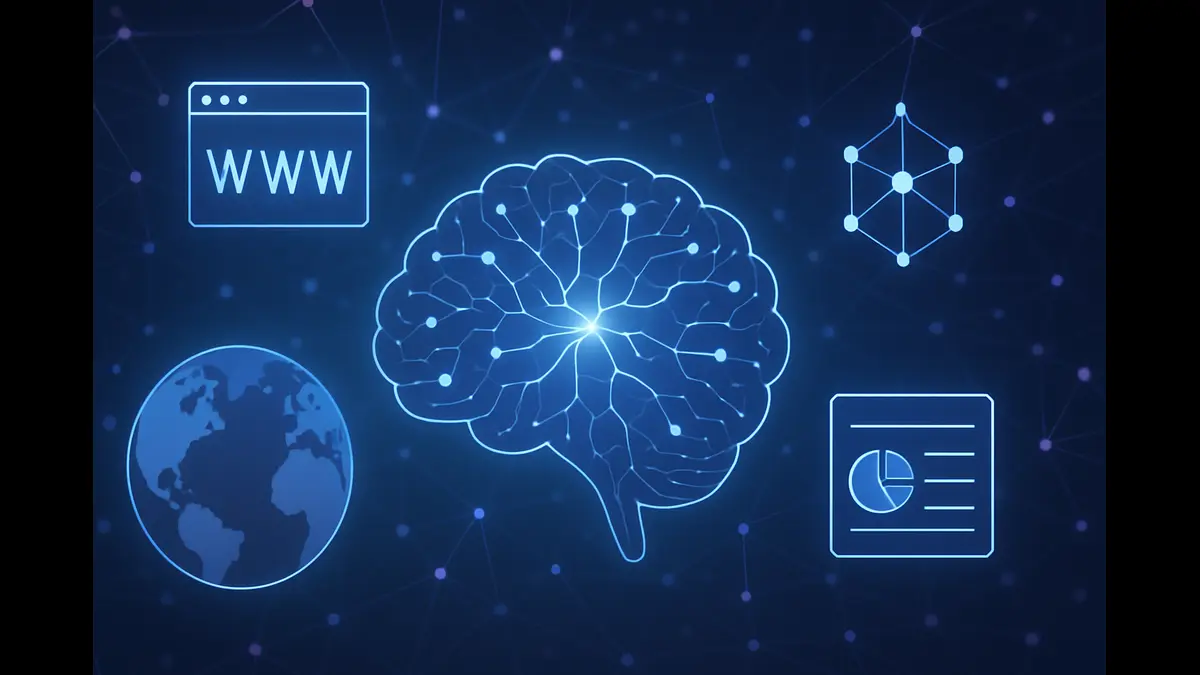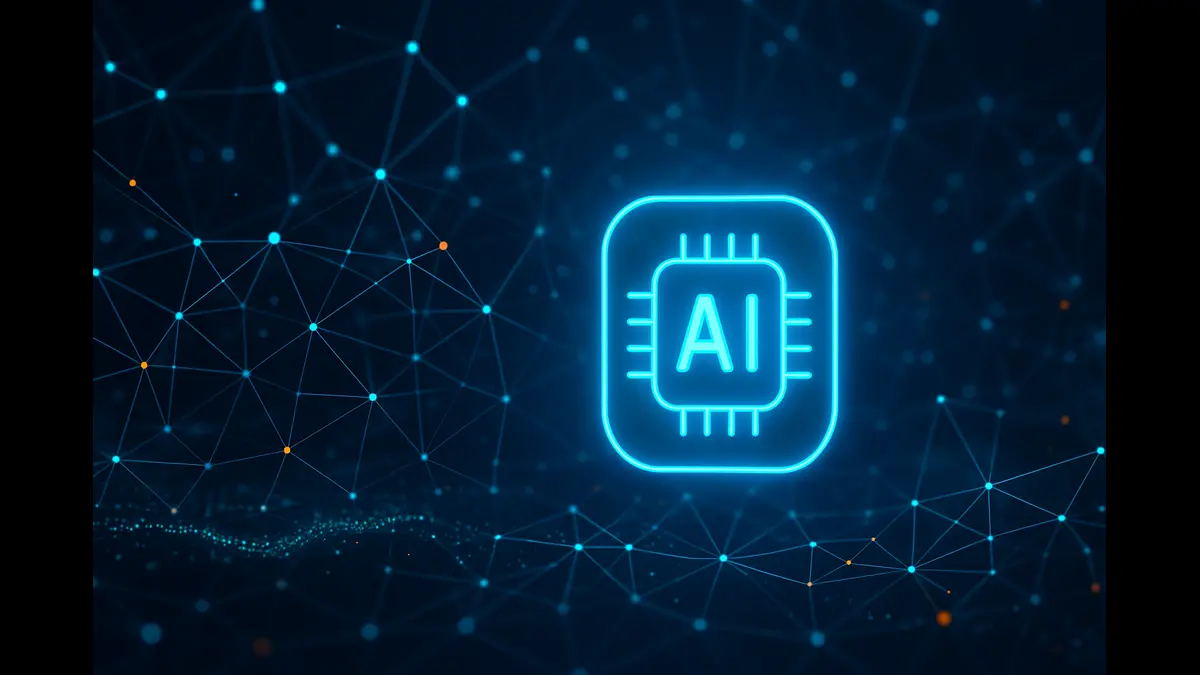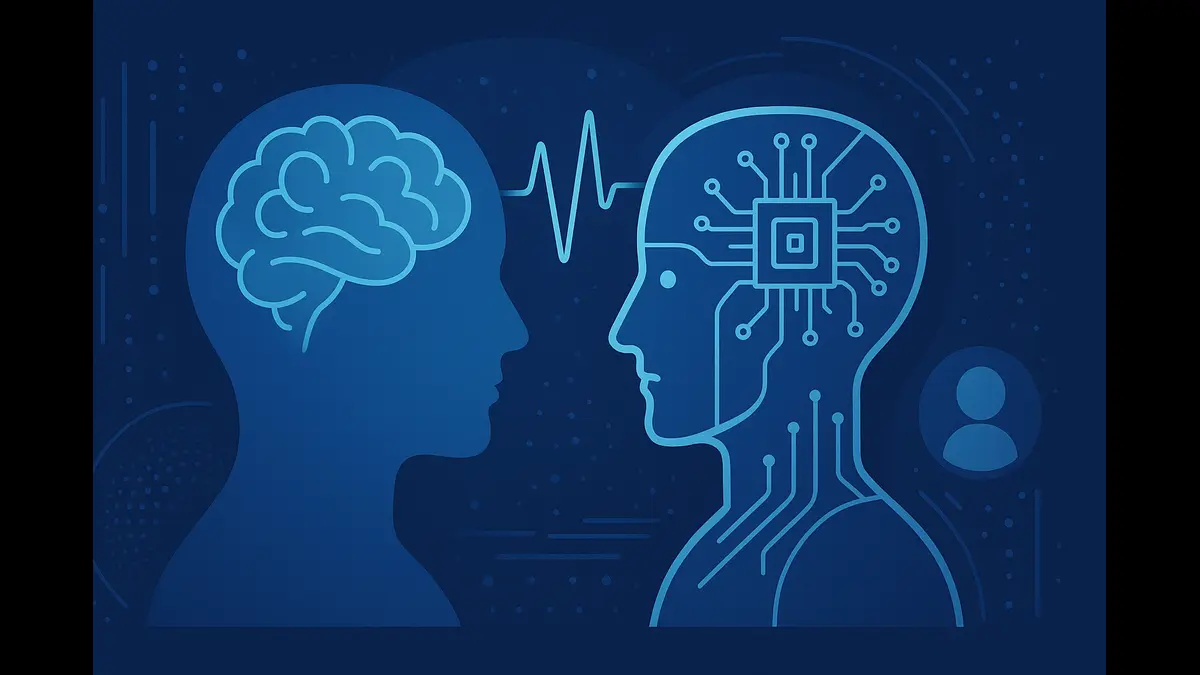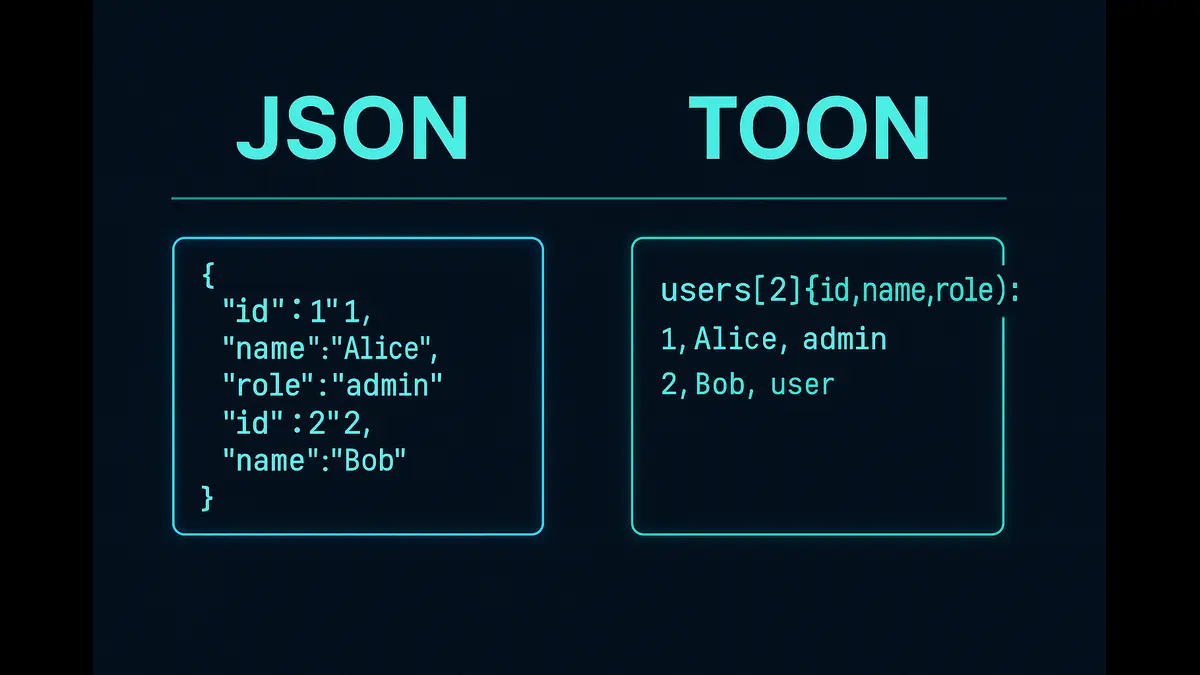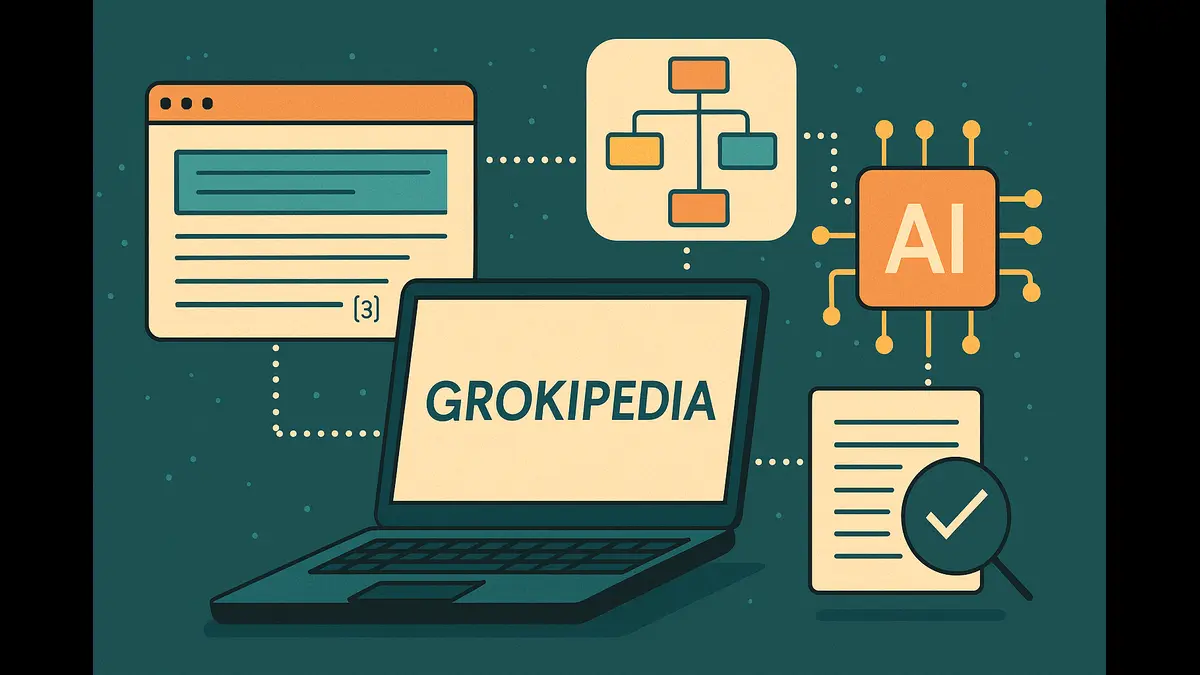
India’s Project Bhashini uses AI to break language barriers with real-time translation across 22 languages—enabling access for the next billion users.
Project Bhashini, spearheaded by India’s Ministry of Electronics and Information Technology (MeitY) through the Digital India Corporation, is a groundbreaking initiative to make digital services accessible across India’s 22 scheduled languages. As part of the National Language Translation Mission (NLTM), Bhashini harnesses artificial intelligence (AI) to deliver real-time translation and speech-to-speech capabilities, ensuring that language barriers do not hinder digital inclusion.
This article explores Bhashini’s technical architecture, data strategies, integration with startups and government schemes, challenges, and potential synergy with Sarvam AI, underscoring its role in shaping India’s digital future.
What is Project Bhashini?
Bhashini, or BHASHa INterface for India, is an AI-powered platform designed to enable seamless communication across India’s diverse linguistic landscape. Launched in August 2022 in Gandhinagar, Gujarat, it is managed by the Digital India Bhashini Division (DIBD) under the Digital India Corporation. By fostering collaboration with startups, researchers, and academic institutions, Bhashini aims to build a robust ecosystem for language technology, making digital services accessible to all Indians, particularly those in rural and semi-urban areas.
Vision
Bhashini’s vision is to create a digitally inclusive India where every citizen can access technology in their native language. By supporting real-time translation and speech-to-speech capabilities across 22 languages—including regional languages like Odia, Tamil and Telugu—Bhashini empowers the next billion users to engage with digital services, aligning with the broader Digital India initiative.
Technical Architecture
Bhashini’s architecture is built on an open-source multilingual AI stack, integrating Automatic Speech Recognition (ASR), Machine Translation (MT), and Text-to-Speech (TTS) models. These components form a modular pipeline: ASR converts speech to text, MT translates text across languages, and TTS generates spoken output, enabling fluid communication.
Core Components
Automatic Speech Recognition (ASR): Transcribes spoken input, handling the phonetic diversity of Indian languages.
Machine Translation (MT): Uses neural machine translation to convert text between Indian language pairs with high accuracy.
Text-to-Speech (TTS): Produces natural-sounding speech using synthetic and human voice data.
Universal Language Contribution API (ULCA): A scalable platform hosting datasets, models, and benchmarking tools for all 22 languages, currently on Microsoft Azure with plans to migrate to CDAC infrastructure.
Component | Function | Key Features |
|---|---|---|
ASR | Speech to text | Supports diverse Indian phonetics |
MT | Text translation | Neural models for language pairs |
TTS | Text to speech | Natural synthetic voices |
ULCA | Data/model hub | Open platform for 22 languages |
Collaborative Ecosystem
Bhashini collaborates with institutions like AI4Bharat, IIT Bombay, IIT Madras, IIIT Hyderabad, and the Centre for Development of Advanced Computing (CDAC). Over 90 models for tasks like machine translation, ASR, and TTS have been contributed to ULCA, ensuring robust performance. The open-source framework encourages community contributions, driving continuous innovation.
How It Works: A Use Case
Bhashini’s pipeline enables practical applications tailored to India’s needs. For example, a farmer in rural Uttar Pradesh, fluent only in Hindi, uses a voice-enabled banking app. They speak their query (“What’s my account balance?”) in Hindi. Bhashini’s ASR transcribes it to Hindi text, MT translates it to English for the bank’s system, and the bank’s English response is translated back to Hindi text and converted to speech via TTS. The farmer hears the answer in Hindi, completing the interaction.
This pipeline supports any language combination, such as Tamil to English or Marathi to Hindi, making it versatile for diverse users. Voice-first interfaces address literacy barriers, ensuring accessibility for millions with limited reading or writing skills.
Data Strategy
Bhashini tackles the scarcity of digital content in Indian languages through a multifaceted data strategy:
Crowdsourcing via Bhasha Daan
The Bhasha Daan platform enables decentralized data collection campaigns by NGOs, startups, and individuals. Contributors can submit data anonymously, broadening participation. Datasets span domains like education, finance, and healthcare, created through machine translation with post-editing, auto-aligned algorithms, and crowdsourcing.
Synthetic Data Generation
For low-resource languages with limited digital presence, Bhashini generates synthetic data to augment datasets, ensuring model robustness across all 22 languages.
Real-Time Labeling and Privacy
Real-time dataset labeling, supported by strict privacy protocols, maintains data quality and user trust. Collaborations with linguistic experts and academic institutions validate these datasets, ensuring accuracy and relevance.
Integration with Startups and Government Schemes
Bhashini empowers innovation by providing APIs and open-source platforms for developers. The Bhasha Daan codebase allows startups to contribute to ULCA, fostering multilingual applications in sectors like edtech, healthtech, and e-commerce.
Government Integration
Bhashini integrates with key government initiatives:
- Aadhaar Stack: Enables multilingual authentication, simplifying access for non-English speakers.
- Health Stack: Supports healthcare services in local languages, enhancing rural access.
- Agriculture Stack: Delivers farmer services in native languages, improving agricultural outcomes.
Startup Ecosystem
Bhashini’s APIs support SaaS startups and rural fintech, enabling multilingual solutions. Its collaboration with the Reserve Bank Innovation Hub (RBIH) facilitates digital financial services in native languages, promoting financial inclusion.
Scheme | Integration | Impact |
|---|---|---|
Aadhaar Stack | Multilingual authentication | Simplifies access |
Health Stack | Local language support | Enhances rural healthcare |
Agriculture Stack | Farmer services in native languages | Improves service delivery |
Challenges vis-a-vis Scaling
Bhashini faces several challenges in scaling its vision:
Data Scarcity: Most web content is in English, with no Indian language in the top ten online. A survey notes 53% of non-web users would access the internet if content were in local languages.
Real-Time Latency: Applications like voice-based services require low latency, which is challenging for complex multilingual models.
Quality Variations: Low-resource languages suffer from inconsistent model performance, necessitating robust datasets.
Evaluation Benchmarks: Standardized metrics are needed to measure and improve model quality across all languages.
Bhashini and Sarvam AI: A Potential Synergy
While no formal collaboration exists as of today, Bhashini’s infrastructure complements Sarvam AI’s indigenous language models. Integrating Sarvam’s models, like Sarvam-1 or Sarvam 2B, into Bhashini’s pipeline could enhance translation accuracy and speech processing for complex tasks. This synergy could yield advanced tools, such as virtual assistants that deliver contextually relevant responses in multiple languages, driving inclusive governance and user experiences.
Project Bhashini is laying the foundation for India’s linguistic AI infrastructure, enabling digital access for millions across its 22 scheduled languages. Its open-source architecture, innovative data strategies, and integration with startups and government schemes position it as a catalyst for digital inclusion. Despite challenges like data scarcity and latency, Bhashini’s potential to collaborate with initiatives like Sarvam AI could amplify its impact, creating a linguistically inclusive digital ecosystem. As it scales, Bhashini will set a global standard for leveraging AI to bridge language divides, ensuring technology serves every Indian.
Discover more from Poniak Times
Subscribe to get the latest posts sent to your email.

